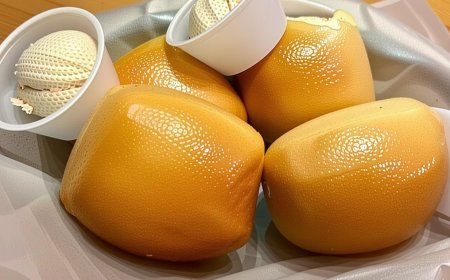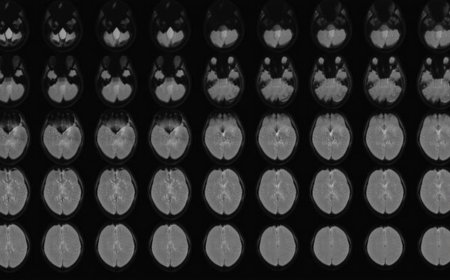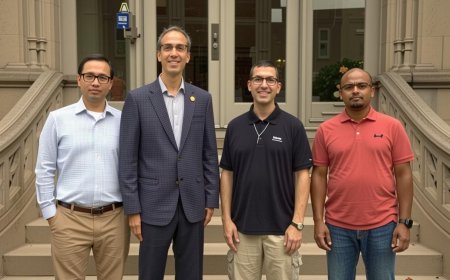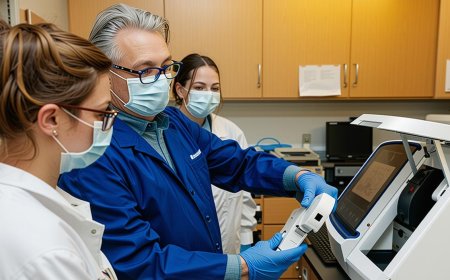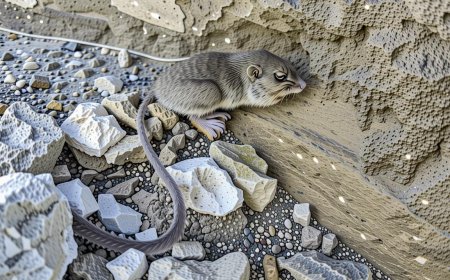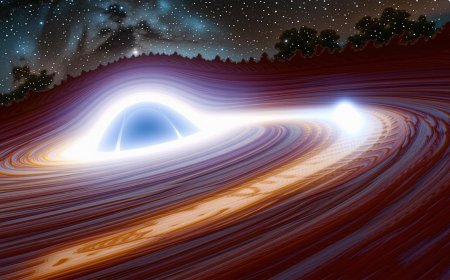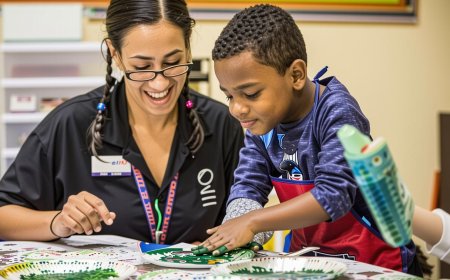Discovering Evolution in Action: The Unexpected Journey of Scientists in Cheese Caves | PRIMENEWSNOW
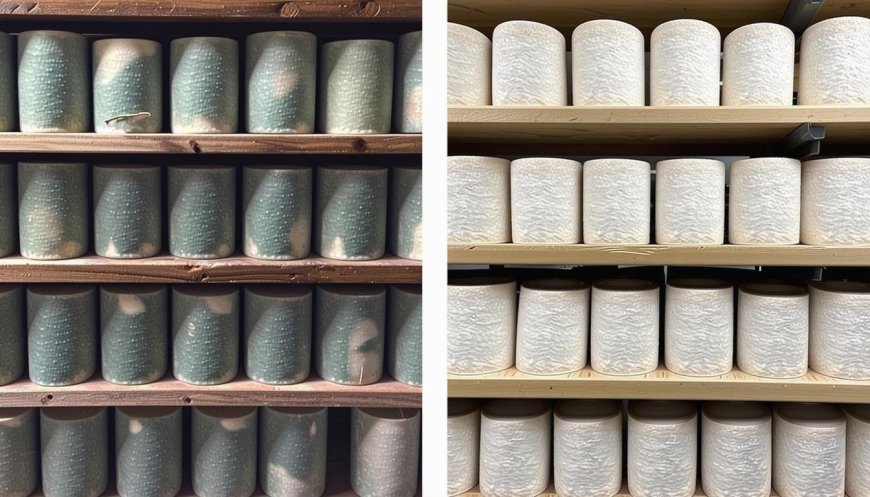
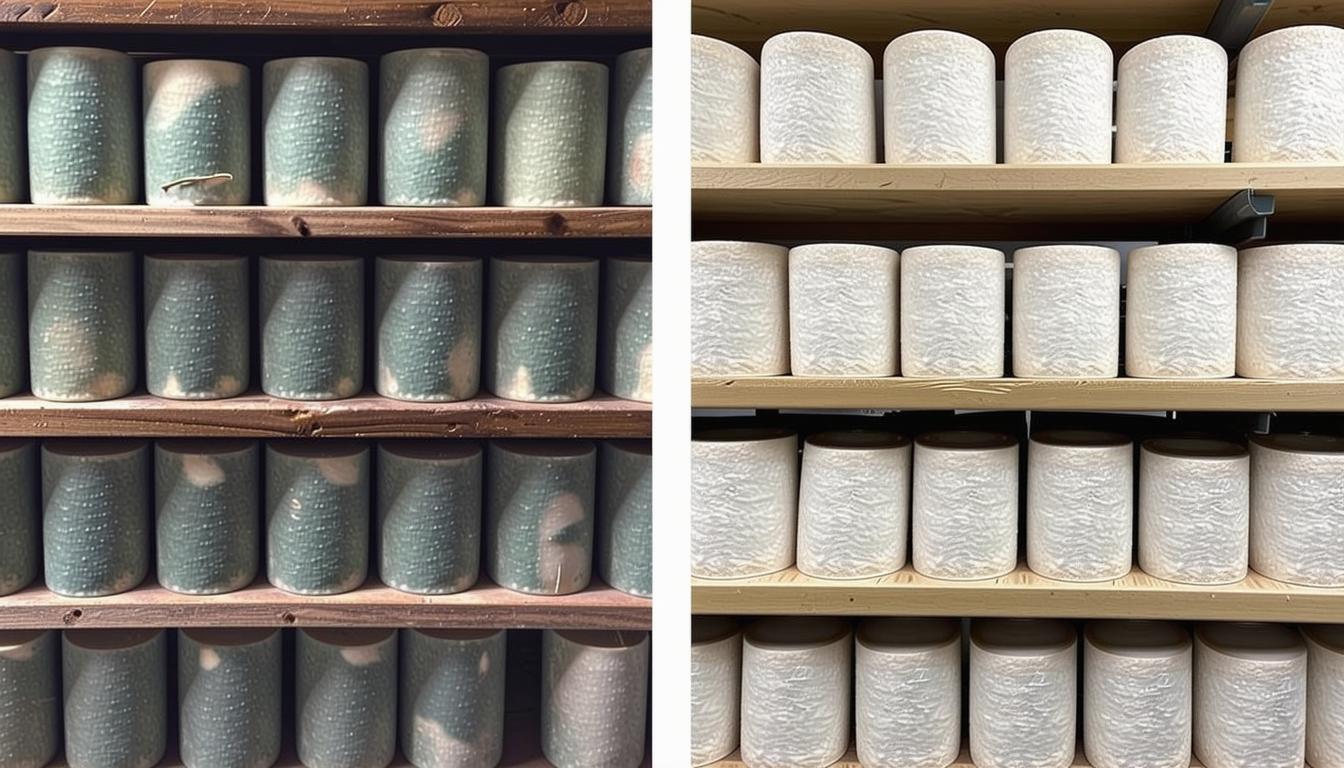
Imagine proposing to your partner amidst the aroma of a cheesemaking facility. While the scent might be overwhelming, a recent study suggests you could also witness evolution in action.
In 2016, Benjamin Wolfe, an associate professor of biology at Tufts University, orchestrated a clever plan. He invited his former post-doc advisor, Rachel Dutton, to Jasper Hill Farm in Vermont under the guise of collecting Bayley Hazen Blue cheese samples. The real reason? To set the stage for Dutton’s boyfriend, Charlie Kalish, to propose.
Despite the romantic ruse, Wolfe did collect cheese samples, which he stored in his lab’s freezer, untouched for years. “I’m known for keeping samples just in case they become useful,” Wolfe mentioned in a statement.
Years later, graduate student Nicolas Louw revisited the cheese caves at Jasper Hill. Unlike the mint green rind observed in 2016, the cheese now had a chalky white appearance.
Previous studies identified the green hue as the work of the fungus Penicillium solitum. The team suspected they were witnessing its evolution.
“It was thrilling to think we might be observing evolution firsthand,” Wolfe explained. “Microbes evolve, as seen in antibiotic resistance, but observing it in a natural setting is rare.”
Alternatively, the change could be due to a shift in the fungal species composition, with another species overtaking P. solitum.
Wolfe and his team analyzed cheese rind samples from 2016, 2022, and 2024. They discovered that P. solitum remained dominant but had undergone genetic changes, particularly in the alb1 gene, indicating evolutionary adaptation.
The color shift wasn’t due to a single mutation. Various mutations, including transposable elements (TEs), were found in the alb1 gene, affecting its expression.
Melanin, which also colors human skin, eyes, and hair, is produced by alb1. It protects against UV radiation, a trait shared with fungi.
“Melanin acts as a protective armor against UV damage,” Louw explained. “In a dark cave, fungi might conserve energy by reducing melanin production, shifting from green to white.”
This adaptation allows fungi to allocate energy towards survival and growth.
Understanding this adaptation could benefit cheesemakers. “Observing wild molds evolve over a few years suggests we can develop a robust domestication process, enhancing genetic diversity for cheesemaking,” Wolfe noted.
Additionally, it could improve food security. “Around 20% of staple crops are lost to fungal rot pre-harvest, with another 20% post-harvest,” Louw added. “Mold is a significant threat to global food security.”
Proposals and Evolution: A Unique Tale from a Cheese Cave
A Surprising Proposal and Scientific Discovery
Unexpected Changes in Cheese Rind
Investigating Fungal Evolution
Genetic Insights and Evolutionary Changes
The Role of Melanin and Energy Conservation
Implications for Cheesemaking and Food Security
What's Your Reaction?
 Like
0
Like
0
 Dislike
0
Dislike
0
 Love
0
Love
0
 Funny
0
Funny
0
 Angry
0
Angry
0
 Sad
0
Sad
0
 Wow
0
Wow
0






















